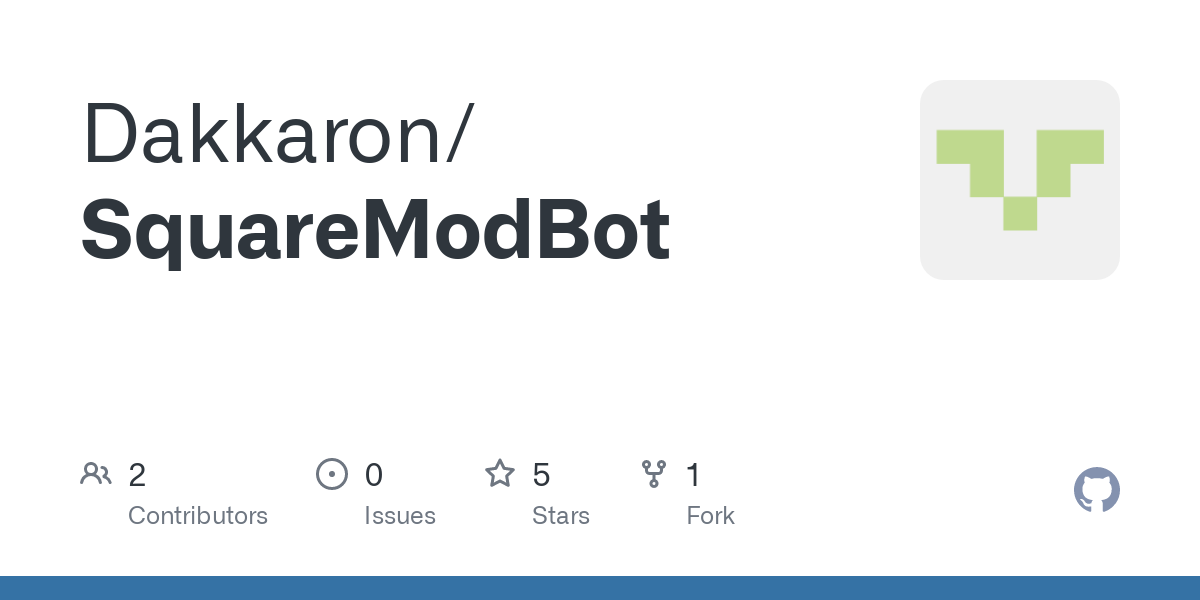Tbh, I don’t recommend beginners to try out multiple distros in the beginning. Realistically, if you don’t have in depth Linux knowledge already, all you’ll be able to differentiate is the look of the DE and the wallpaper.
I find, too much choice tends to confuse beginners more than it helps them.
So I’d rather recommend something simple like Ubuntu and let them try out the flavours with the different DEs.
Choice is better for later when people actually understand what they are looking for.







Most people I helped getting Linux to work are actually not techy at all and they haven’t touched the CLI at all so far…
I guess it differs if you use Linux because you are interested in the technology or if you use it because Windows 11 doesn’t run on your PC.